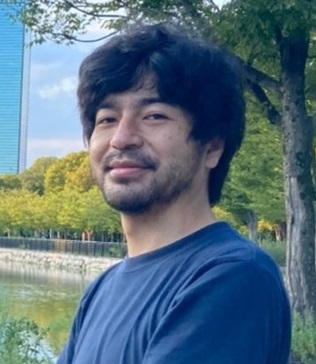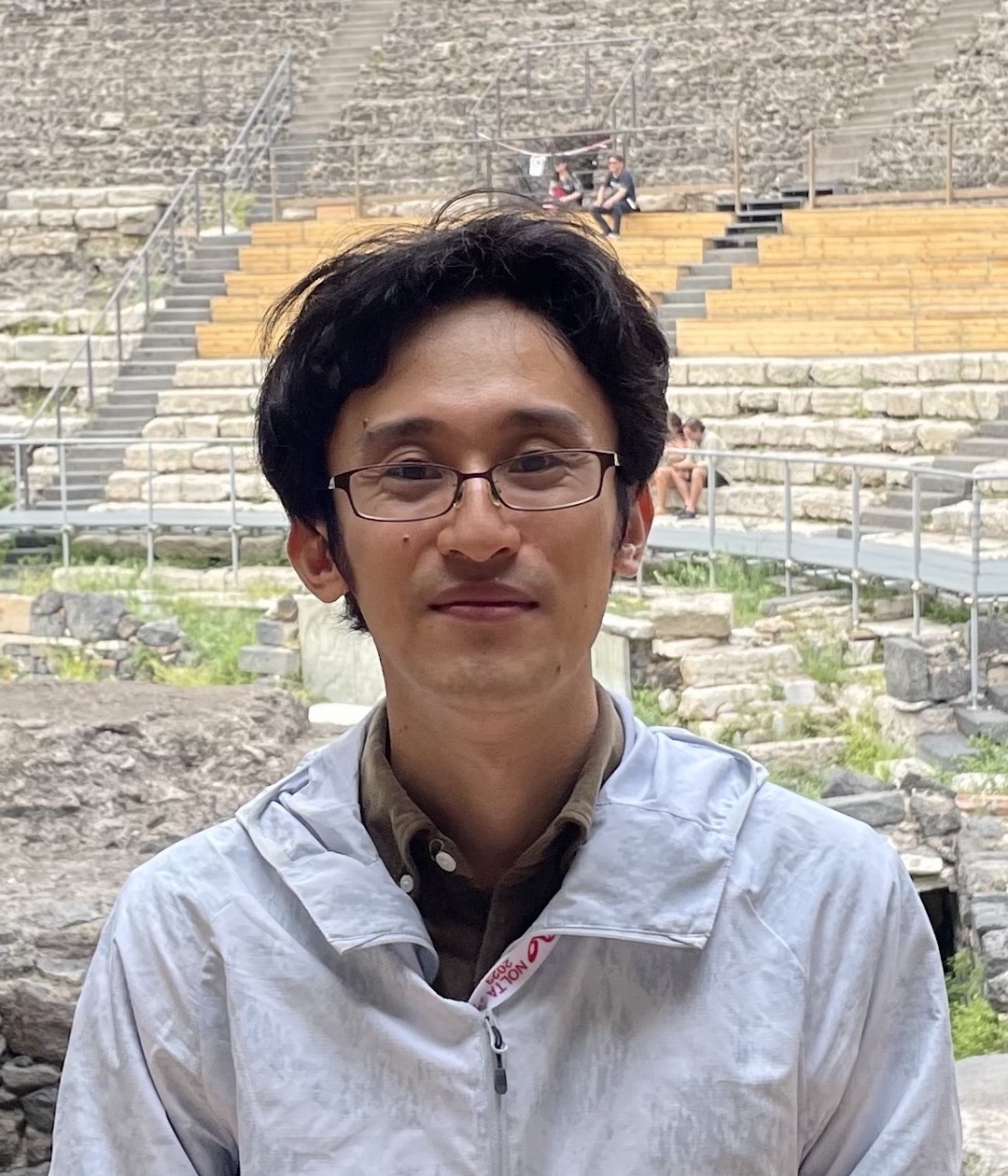Nonlinear Dynamics and Its Applications
Nonlinear dynamical systems are known to exhibit complex and interesting behavior such as chaos. Even in systems described by very simple equations, we can find a rich variety of fascinating phenomena. Especially, I am studying nonlinear dynamics of large-scale dynamical systems and hybrid dynamical systems. I am also working on mathematical models of real-world phenomena in various research fields including biological systems, such as the brain and nervous system, and engineering systems, such as electric power systems. These models can be used for understanding the real-world phenomena and solving problems from the viewpoint of nonlinear dynamics. Furthermore, it is often the case that such mathematical models have novel and interesting nonlinear dynamics.
Keywords
- Hybrid systems: switched systems, piecewise isometries, billiard systems, etc.
- Many-body dynamics: phase transitions, spatio-temporal chaos, etc.
- Dynamics and computation: deterministic sampling algorithms
- Applications to mathematical modeling: brain and nervous systems, electric power systems, epidemic models, etc.



